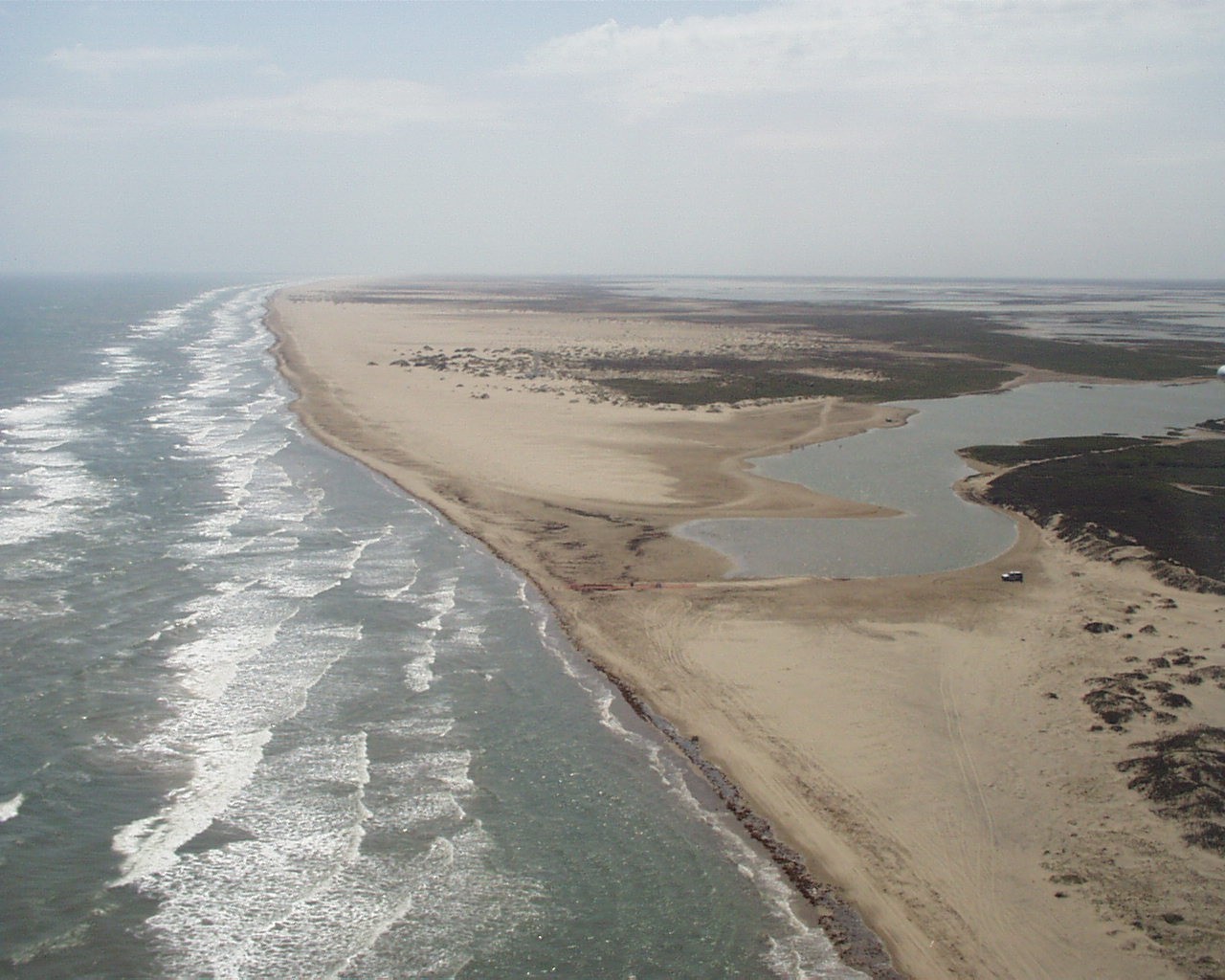What are Environmental Flows?
Environmental flows refer to the quantity, quality, and timing of water flow in rivers, streams, and creeks. Environmental flows encompass all aspects of water flow including both in-stream flows and freshwater inflow. In-stream flow refers to water already in a river or stream whereas freshwater inflow refers to freshwater that flows into coastal estuaries. An estuary is a body of water formed where freshwater from rivers and streams flows into the ocean, mixing with the seawater. This mixture of salt and fresh water is vital for many marine species - including fish, shrimp, oysters and crabs - and fuels a $2 billion coastal recreational and commercial fishing economy. Coastal estuaries are a critical part of our ecosystem because they provide just the right balance of salinity, nutrients, and temperatures that allow for young fish and shellfish to mature.
Given the fluctuation of water demand throughout the year, there is a seasonality associated with environmental flows. The seasonal factors that affect environmental flows are rainfall, temperature, evaporation, and water withdrawals made from aquifers by municipalities, and for agricultural and industrial uses. To better understand environmental flows it helps to discuss environmental flow regimes. An environmental flow “regime” is a prescription of different amounts of flows that varies both by the time of the year and by hydrologic conditions. The first of these flows is subsistence flows which are very low flows associated with dry years and times of drought when rainfall is low. These subsistence flows are so low that the water quantity and quality are not adequate to support certain aquatic habitats or facilitate reproduction efforts by aquatic life. Second, pulse flows are short term events brought on by heavy rainfall producing a surge of water in the river and or bay system. These pulse flows are important in managing riparian zones and recharging the water table. Third, base flows represent flows that can support sound aquatic habitat year round.
 When examining environmental flows, it is important to represent the full extent of the flows from headwaters to wetlands and estuaries on the coastline. Keeping this system healthy is vital in supporting streams, creeks, and rivers and keeping wildlife and the state’s economy healthy. When environmental flows are low or inconsistent, these coastal ecosystems can be damaged due to the low water availability, resulting in stagnant water with diminished water quality and negative impacts to fish and aquatic life. Additionally, wildlife between headwaters and coastline depend on an adequate volume of moving water at all times to thrive.
When examining environmental flows, it is important to represent the full extent of the flows from headwaters to wetlands and estuaries on the coastline. Keeping this system healthy is vital in supporting streams, creeks, and rivers and keeping wildlife and the state’s economy healthy. When environmental flows are low or inconsistent, these coastal ecosystems can be damaged due to the low water availability, resulting in stagnant water with diminished water quality and negative impacts to fish and aquatic life. Additionally, wildlife between headwaters and coastline depend on an adequate volume of moving water at all times to thrive.
What Threatens Environmental Flows?
Population growth and ever increasing diversions for agricultural, municipal, industrial, and energy uses are the main threats to environmental flows in Texas. When water is diverted or pumped from rivers, streams, and aquifers, these already fragile waterways can be overdrafted and potentially even run dry. An example of a popular watering hole running dry is Jacob’s Well, a Hill Country spring that feeds the Blanco River and eventually reaches San Antonio Bay, which ran dry in 2008. It was the first time this happened in recorded history and was caused by increased groundwater withdrawals due to population growth in the area. In Fort Stockton, the only time that water flows from Comanche Springs is during a few winter months when agricultural pumping decreases.
Water Rights in Texas
Surface water is a public right and therefore owned by the people of Texas and managed by the State. The state grants permits to applicants desiring to use surface water for a variety of reasons from hydraulic fracturing to irrigation of golf courses and rice fields to manufacturing plastics. Texas uses what is called the prior appropriation system, wherein the oldest water rights are entitled to the first claim on available water. One of the problems Texas faces with this prior appropriation rule is that over 90% of the water rights were issued before 1985 when there were no statutes for environmental flows in place. The Texas Commission on Environmental Quality (TCEQ) has started to include protections for environmental flows but the level of protection varies from permit to permit.
How Do We Protect Environmental Flows?
Two strategies for preserving environmental flows are active flow management and restrictive flow management. Active management uses dams to control the flow of water, while restrictive management uses policies such as crop irrigation to ensure that the water supply and isn’t overdrafted. Active flow management can be ineffective due to the increased evaporation rate of water impounded in reservoirs and lakes during summer months when water is in high demand. Additionally, when water levels are raised by dams, waterline/riverbank ecosystems can be displaced. Restrictive flow management combines policies geared toward controlling groundwater pumping along with a year round approach that focuses on ongoing water conservation efforts. These efforts seek to maintain sufficient groundwater supply and lessen the need for water restrictions during times of drought. By using our water resources efficiently, we can have the water we need for cities, industry, and agriculture while also maintaining healthy rivers and wildlife.